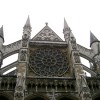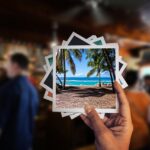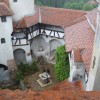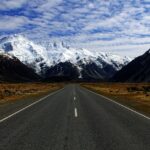Have you ever spent months meticulously planning a trip to a wonderful US national park, only to arrive there and find yourself trapped indoors due to constant downpour? Talk about rain on your parade! Not to mention the wasted time, money, and perhaps most importantly – the deflated excitement. It was all for nothing.
If you have experienced that, I feel you. But if you haven’t, there are ways you can prevent it.
One way is to actively avoid some of the wettest places in the USA. Are you interested in hearing more about title loans in Riverside and what’s required? Read more.
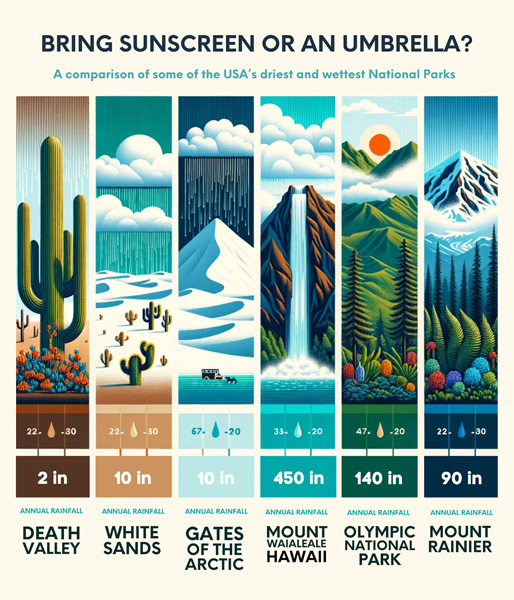
But merely avoiding all the soggy areas doesn’t help much when it comes to deciding where to go… So, I have a better idea.
Why avoid the rainy places, when you can check out some of the driest ones?
Thankfully, the United States National Oceanic and Atmospheric Administration (NOAA), prepared a handy map that shows the annual precipitation in the USA. So I took that map and compared it to the locations of US national parks – and boom! What follows is a selection of some of America’s driest, but most interesting national parks and the unique reasons for why you should visit them. So pack your bags, we’re going on an adventure!
1. Death Valley

Famous for being the hottest place on Earth nowadays, Death Valley is the perfect destination for adventurers who, to put it mildly, prefer not to deal with rain. As the largest national park in the contiguous United States, the park is also ideal for those who seek to get lost in its barren, Martian-looking landscapes.
But back to rain. Or rather the lack of it: Death Valley ranks at the very bottom of US national parks when it comes to annual rainfall. So it’s not for nothing that it made our number one spot – if you want an almost 100%-rain-free romp through otherworldly vistas, Death Valley is definitely the place to be and you can get there from San Bernardino or Riverside in just a few hours!
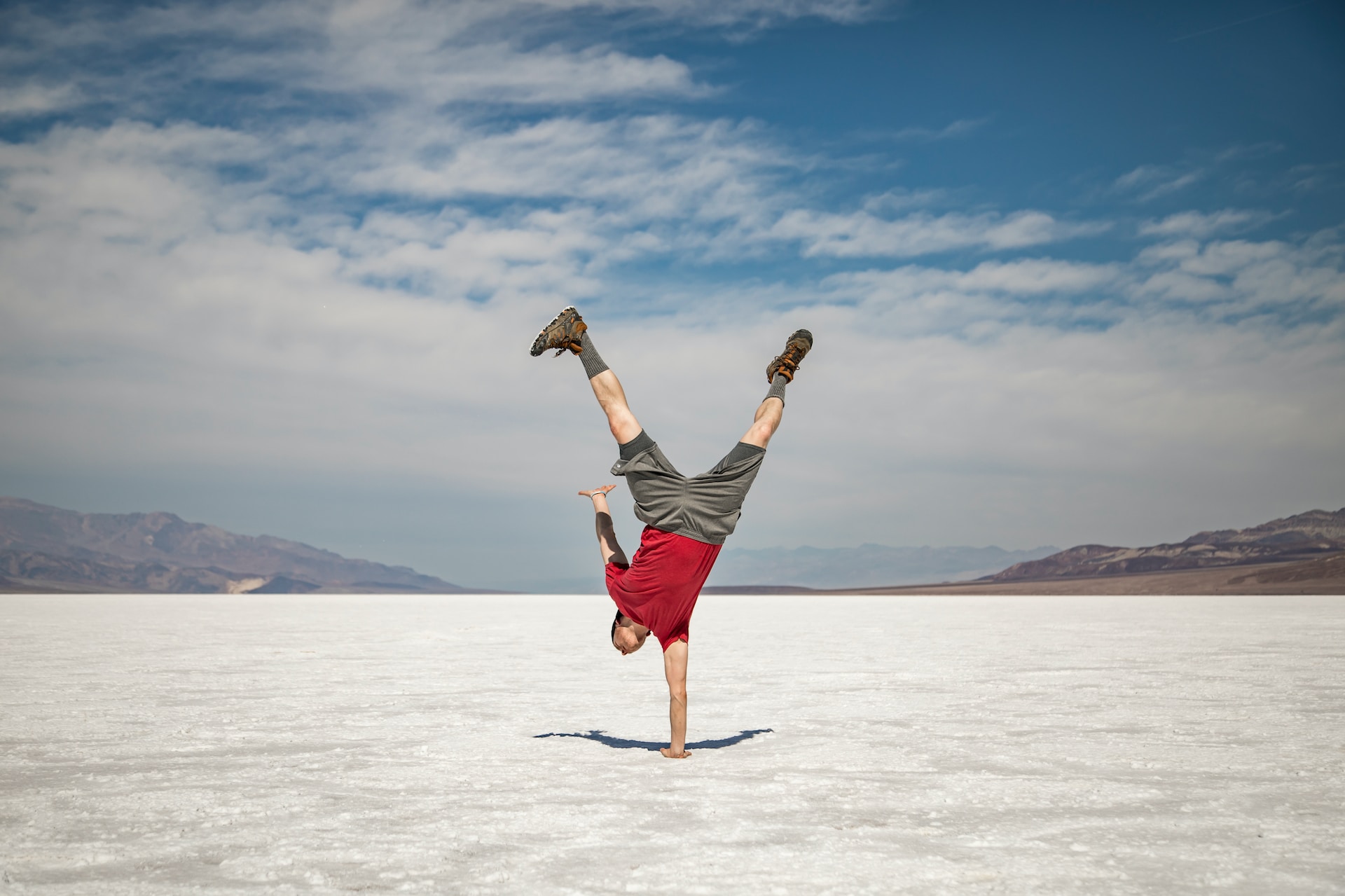
However, that doesn’t mean it never rains in Death Valley.
Just earlier this year, Hurricane Hillary decided to pay the dust bowl a visit and give it a good shower. Hundreds of visitors – and residents – were so surprised by the rare event that they got stranded for days. However, this also resulted in previously unseen sights in the otherwise arid park – mirror-like lakes formed here and there, delighting both residents and visitors alike.
Dawn Marie Dunlap, a California-based lifestyle and travel blogger described it perfectly:
“It’s such a unique time to be in the park. The temporary lake currently filling Badwater Basin reflects Telescope Peak perfectly during the day, and at night you can see the Milky Way reflected in the water,” she told SFGATE. “It’s a magical experience,” the blogger added.

And downpours in Death Valley are indeed so astronomically rare so as to be magical: “The heavy rain that caused the devastating flooding at Death Valley was an extremely rare, 1000-year event,” meteorologist Daniel Berc told the National Parks Service. “A 1000-year event doesn’t mean it happens once per 1000 years, rather that there is a 0.1% chance of occurring in any given year.”
Well, if you’re looking to avoid rain, those are pretty good odds!
2. Gates of the Arctic

Surprised? A national park that has very little rainfall… but it’s not a desert? Indeed, the Gates of the Arctic makes for a refreshing stop where you can cool off from your other sizzling adventures.
Aside from experiencing rather low annual precipitation, the Gates of the Arctic is one of the most unique US national parks as well. Gracing visitors with unforgettable views of wild, untouched nature, and stern, sharp rocky peaks, Gates of the Arctic makes for the perfect hiking destination. Trekking highlights include the wild Alatna River and the silvery pinnacles of Arrigetch Peaks, interspersed with fields of dewy meadows, pristine snow, or colorful wildflowers. However, keep in mind that there are very few established hiking trails, so you’ll find yourself in the role of a real explorer, trekking through untouched nature for days.

Most rivers here are also floatable, providing yet another unique way to experience the landscape. While you’re there you can also visit the small native villages of the Native Alaskan peoples and learn more about their ways.
Natural wonders and fascinating cultures aside, the Gates of the Arctic is also brimming with wildlife. While you’re admiring the sights and sounds of the primordial landscape, you can also spot caribou, dall sheep, moose, and even lynxes, wolves and grizzly bears! If you decide to indulge in wildlife viewing, though, remember to keep your distance – taking a selfie with a grizzly bear is not exactly the smartest idea!
But the true highlight of Gates of the Arctic is, of course, the Northern Lights.

Called Aurora Borealis by the ancient Greek and Roman astronomers, the Northern Lights are a phenomenon that few people get to see for themselves during their lifetimes. What’s even better, the park is so remote that it has almost no noticeable light pollution, making it a popular ‘dark sky’ area for stargazers and amateur astronomers. This makes the Gates of the Arctic the perfect location for observing this mesmerizing skyshow!
And despite all this, the Gates of the Arctic is one of the least-visited national parks in the United States. So why not book a trip?
3. White Sands

Welcome to one of the absolutely driest places in the United States of America!
If Death Valley reminds visitors of Mars, White Sands feels outright fantastical: it’s an endless, glistening expanse of sparkling white sand dunes. What confuses the brain is that all this sand looks indistinguishable from snow!
This magical vibe isn’t just a trick of your eyes though – the sand here is truly something special. If you touch it, you’d be surprised at how cool it feels. It’s so cool that you can actually comfortably walk on it barefoot even on the hottest day of the year.
Unbelievable? You bet! Unexplainable? Far from it.

Unlike ‘normal’ sand made of silica, white sand is made of gypsum, a mineral that doesn’t trap heat from the sun, but instead reflects it. From up close, the microscopic grains of this dazzling sand are almost transparent, and only appear white due to the sheer mass of the sand dunes as they interact with the light of the sun.
What’s even more fascinating is that gypsum actually dissolves in water. You heard that right! If you take a pinch of this magical sand and drop it in water, it will dissolve like sugar in a cup of tea!
But wait, it gets even better.
The brilliant sand dunes don’t even act like sand – instead, they act like snow. This feature inspired one of the most popular activities at White Sands – snowboarding on the bright sand dunes! (Well, technically, it’s called sledding or sandboarding, but calling it snowboarding is more fun!)
If you’re not the sliding type, you can always spend quality time here going hiking, riding bikes, taking beautiful photos, or admiring the fascinating flora and feisty fauna.

But wait until you hear this. White Sands is actually home to the oldest traces of human and animal life ever recorded in North America. If you’re lucky enough, you may even stumble across some truly ancient human footprints embedded in the clay-like dirt! According to NPR, the ancient human footprints found in White Sands National Park were made somewhere between 14,000 to even 23,000 years ago.
Which, honestly… Makes my head spin!
Are we sure there’s not a secret time portal hidden somewhere in White Sands? Because it definitely feels like it!
Bon Voyage
Well there you have it! The three absolutely driest national parks in the USA, all perfectly suited for rain-averse travelers. From Mars-like Death Valley, to the pristine wilderness of the Gates of the Arctic and the surreal vibes of White Sands, these places are guaranteed to make your heart sing – and keep you dry and get suntanned to boot. Whether you choose to visit one, or all, you’ll return home with a treasure trove of memories you will never forget!
References:
https://www.forbes.com/sites/valeriestimac/2021/12/29/these-are-the-most-mars-like-locations-on-earth/?sh=46d08e3510a9
https://www.theguardian.com/environment/2023/oct/23/california-death-valley-rain-storm-lake
https://www.nationalgeographic.com/travel/national-parks/article/gates-arctic-national-park
https://www.alaska.org/destination/gates-of-the-arctic/northern-lights-viewin

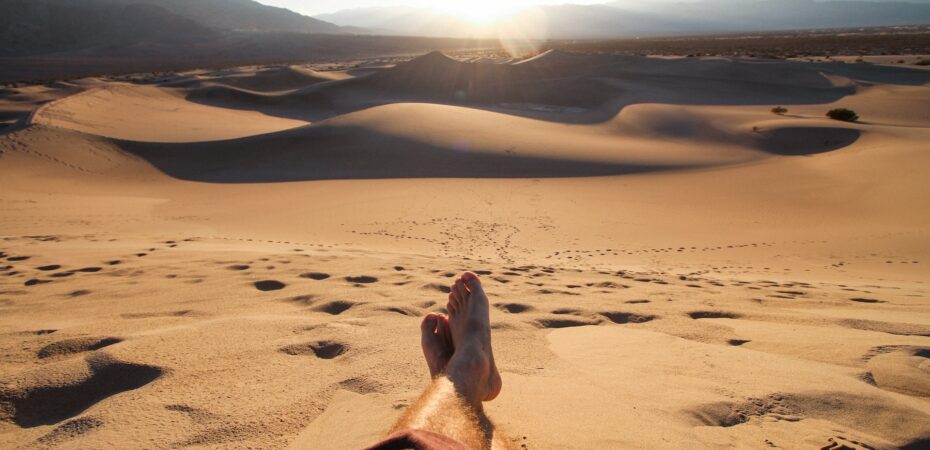
 By
By 